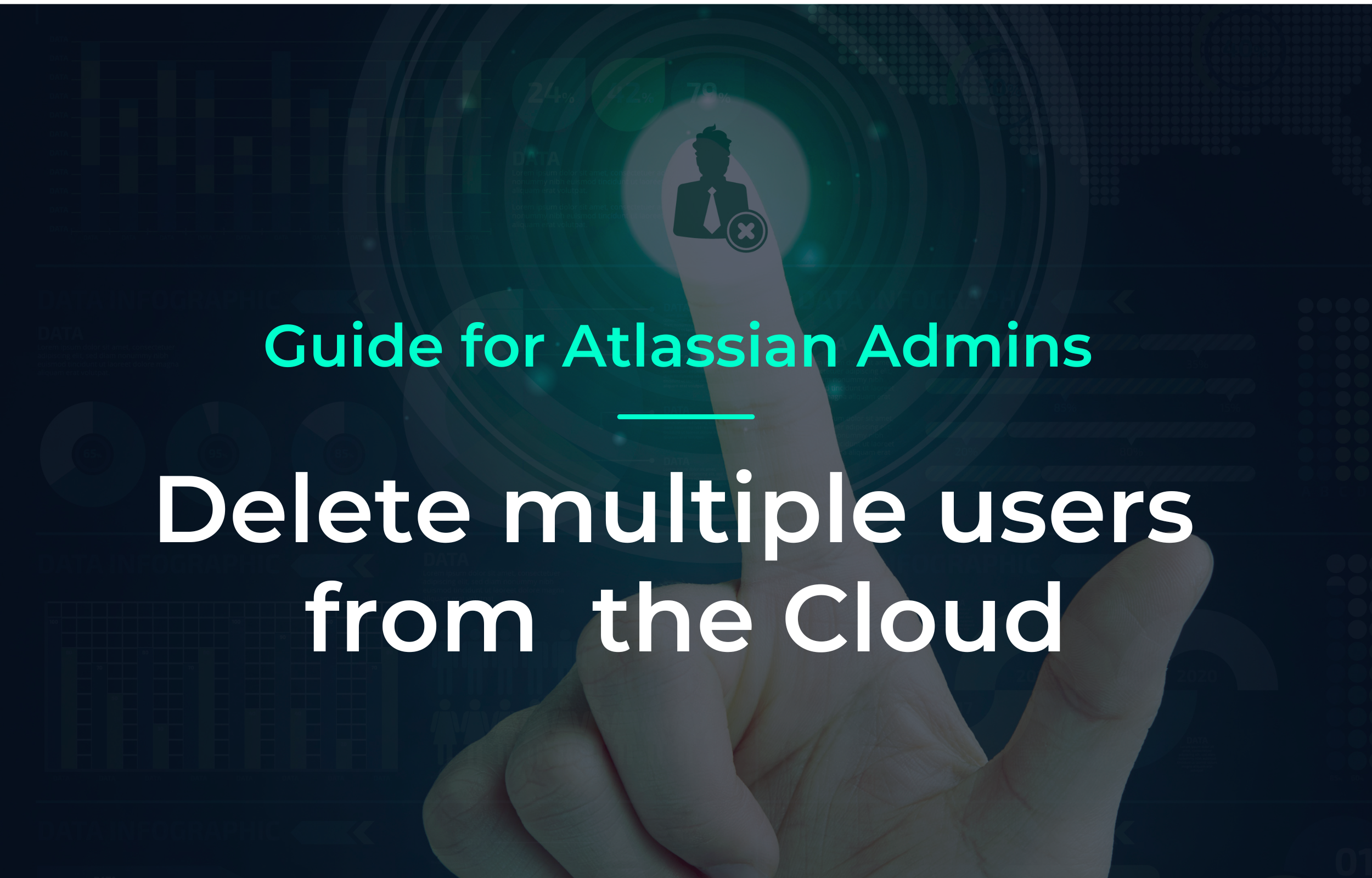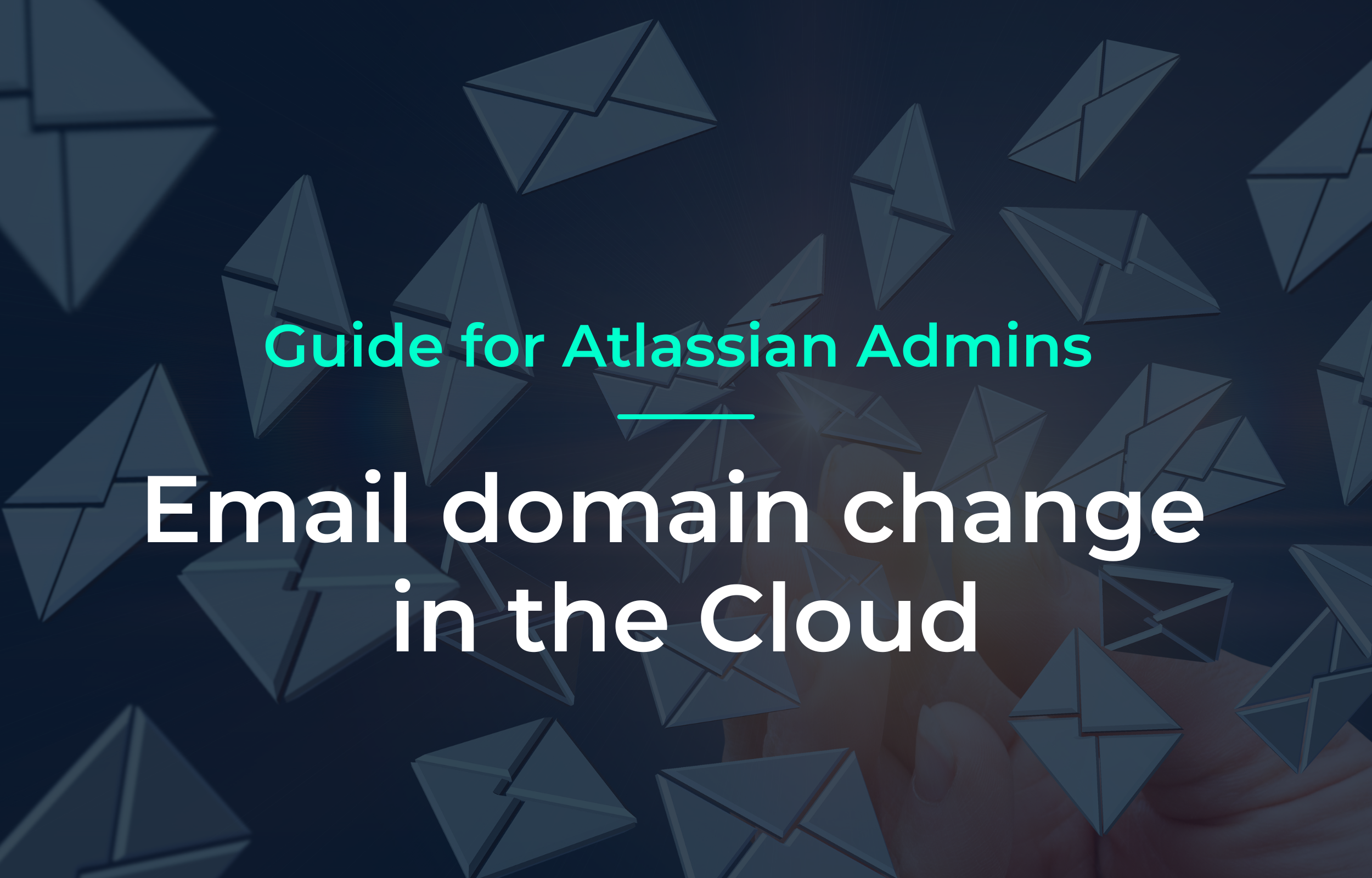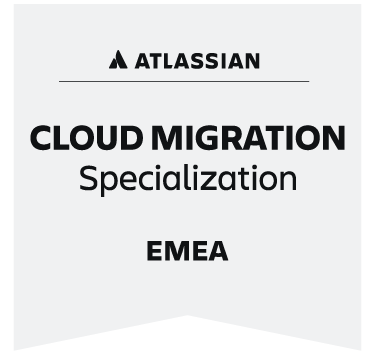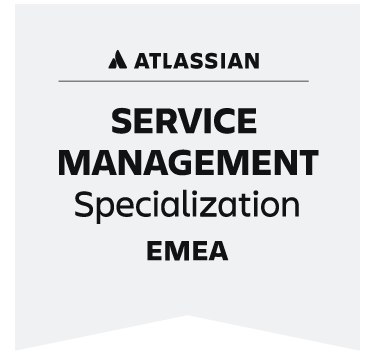For businesses, providing quality customer support takes a tremendous amount of effort. In order not to get bogged down in support tickets, many companies nowadays use other solutions from the field of Customer Self-Service, such as a help center or a knowledgebase. Learn in this article: Create a help center in Confluence.
Companies that actively use customer self-service make it easy for their customers to solve problems themselves without having to send emails or make phone calls. Today's customers are increasingly tech-savvy. This means that wherever possible, they want to find solutions to their questions themselves.
Being able to get answers to questions quickly is critical to a positive experience. According to Zendesk 40% customers first use a self-service, such as a help center, before contacting the company's support team. However, some requests will always require manual consultation, which is why a help center should not stand alone. A combination and integration with other support channels (such as a service desk) enables a seamless experience here. Creating a help center in Confluence can provide valuable support for creating an effective help center in Confluence and for creating a help center in Confluence.
"One of the first things you need to know when you're learning about help centers: Self-service matters. Not a little bit... Self-service matters a lot."
Zendesk, 2021
Table of contents
Using Confluence as the basis for Help Center
Developing a successful help center is a big undertaking, both in terms of effort and importance. Choosing the right software is critical. We recommend Confluence from Atlassian for this purpose.
How to create a help center in Confluence
Creating the help center in Confluence is a crucial step towards improving customer support and increasing customer satisfaction.
Creating a help center in Confluence is an effective way to organize your support resources and provide your customers with a user-friendly solution.
Confluence is a web-based enterprise wiki, in which aspects such as Knowledge management and collaboration get together (Here you can learn more about Knowledge Management). It is easy to use, promotes through simultaneous, Collaborative editing of pages and content team collaboration and allows members to provide access to knowledge and information. Among other things, Confluence is an optimal tool for writing documentation for products or other services.
Our experience: A help Center for our apps
In order to make our product documentation accessible to all our users, we converted our internal Confluence area into a public Product Help Center using Scroll Viewport. The goals of the implementation were to reduce the number of support tickets for our plugins by providing mature product documentation and also relieve our support team. Furthermore, users of our plugins should be able to get fast and uncomplicated solutions to their questions as well as news about updates.
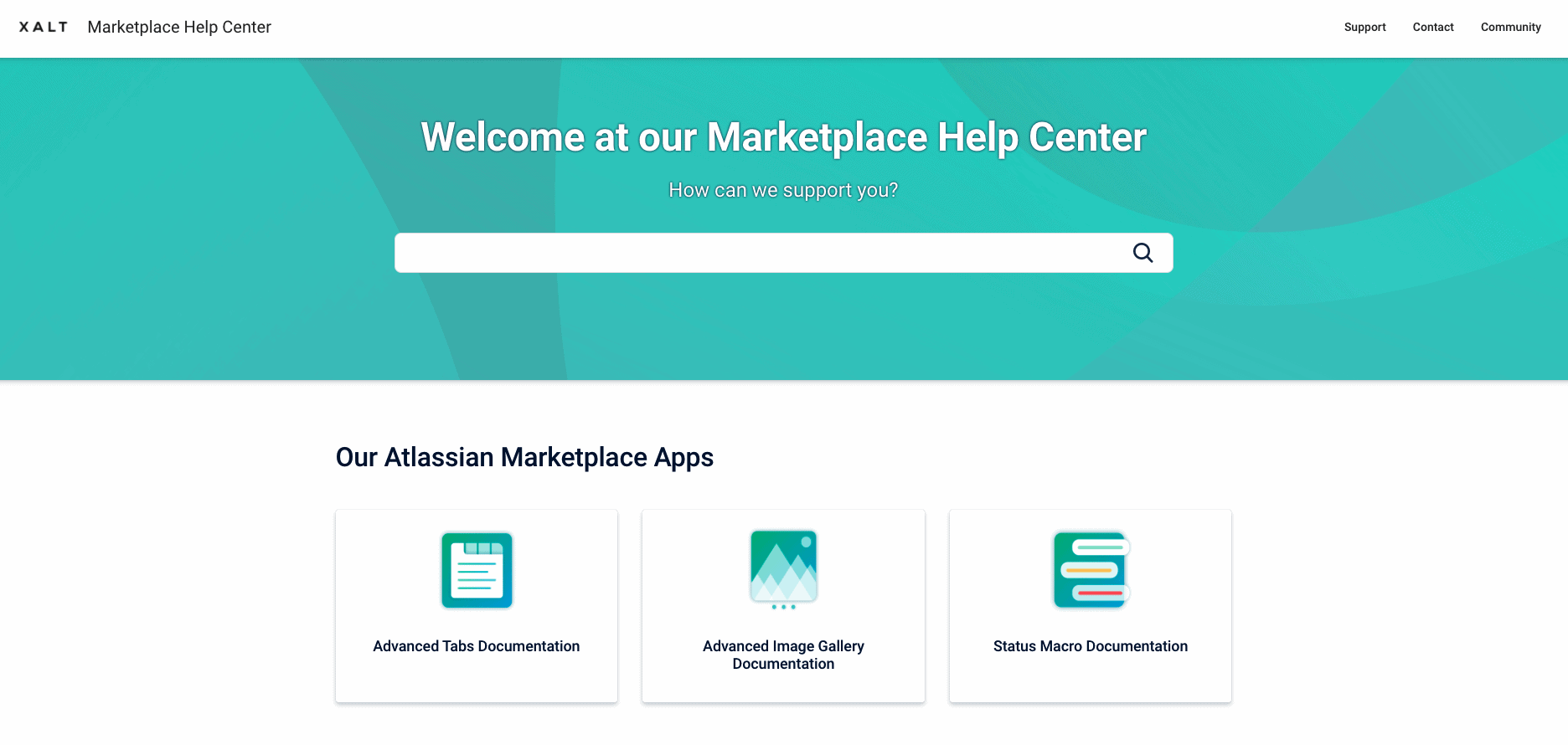
Before publishing a Confluence space, however, the question arises as to how it can best be made available to users. When publishing, the internal URLs of Confluence are still used, and there are only limited functions for adapting the layout to your corporate branding, which can confuse customers when using it. To get around this, we again recommend using the Scroll Viewport plugin from K15t.
| Using a quality help center benefits both your team members and your customers. A help center increases customer satisfaction by providing better and faster service, reduces costs, and increases employee efficiency. A help center also expands your business community, presents your company as a hub of knowledge, and develops deep connections between you and your customers. |
Implementation of a product help center with Confluence and Scroll Viewport
Enclosed is a step-by-step instructionshow to set up the basic framework for a public help center using the two tools mentioned, Confluence and Scroll Viewport.
Step 1: Create desired spaces and pages in Confluence
In the first step the plugin Scroll Viewport for Confluence must be installed in your Confluence instance. Instructions for installing the plugin can be found on the Atlassian Marketplace. Once the installation is done, you need to create the spaces you need for your documentation. We explain this using our Marketplace Documentation.
We have decided to create a parent section for our Marketplace App documentation with an overview of the plugins. For this, we need to create a new section in Confluence.
Click to this on the start screen Spaces in the header bar in Confluence and then on Create Space. We have created a total of 4 Spaces for our documentation so far:
- Marketplace Help Center (parent space, home page of our Help Center)
- Advanced Tabs Documentation
- Advanced Image Gallery Documentation
- Status Macro Documentation
After the space has been created, it must be opened via Configure Space the plugin Scroll Viewport on the pages activates become Click on Appsthen click on the Tab Scroll Viewport and on Create Viewport.
Step 2: Connect the individual spaces with each other
Thus, a separate viewport must be created for each space in Confluence. An important step here is to define the structure and hierarchy of the pages. Several individual viewports can be combined into a hierarchical viewport collection. At the beginning, a section must be defined as Root viewport is set, in our case the Marketplace Help Center Space.
To do this, navigate to the space that you want to Root viewport, and navigate to the Apps - Scroll Viewport - URL. Click on Enable viewport collection under this path and save your changes. This space now represents with the stored domain name the Root of the Help Center.
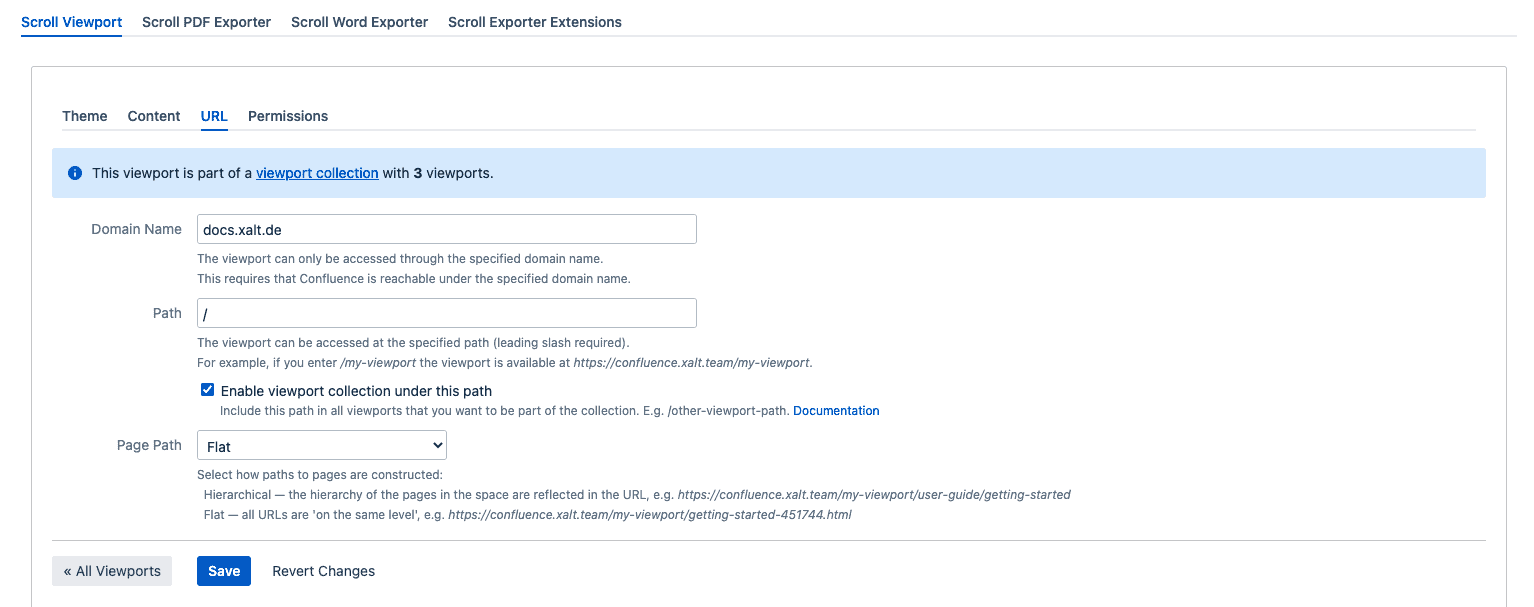
In order to include other spaces, which belong to the documentation, under the Root viewport, you need to edit the individual viewports in each of these spaces. To do this, navigate to the desired space, make sure that the same theme is selected and click again on URL. Now enter in the URL field on the one hand the domain of the Root Viewports. In our case this is docs.xalt.com. Under Path, continue to add the desired path name for the space. We have abbreviated the documentation for our Advanced Image Gallery Plugin to AIGDOC (=Advanced Image Gallery Documentation).
If the root viewport contains the path docs.xalt.com the range for our plugin is now docs.xalt.com/AIGDOC. You must make these changes for all areas that you want to integrate into the structure of your Help Center. Above the URL field, you can still obtain an overview of the viewport collection with all stored areas.
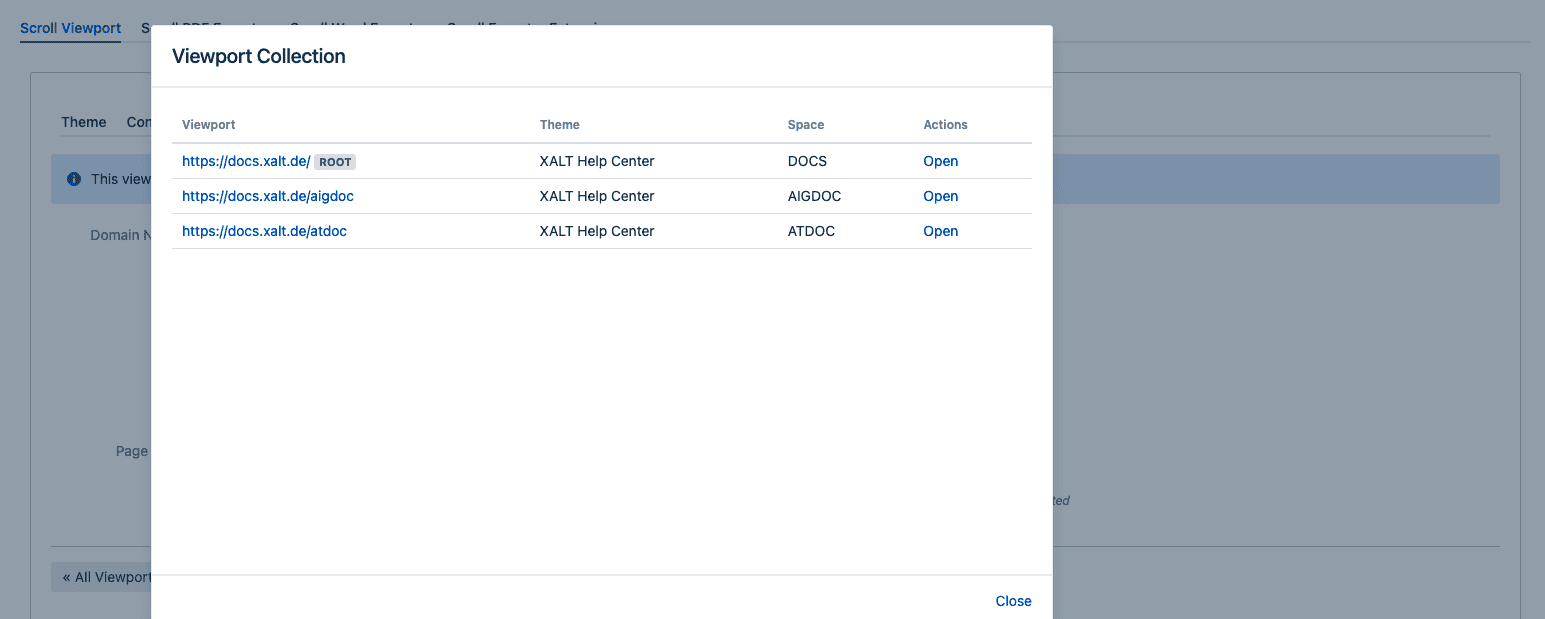
Detailed descriptions about the possibilities of the structures as well as the viewport collections can be found in the documentation of k15t. We recommend the articles Structure Your help center and Group Viewports in a Collection.
Step 3: Set the layout and theme for each page
For the layout of the Help Center, the Scroll Viewport Theme Editor is used. Click for this on Theme. Here you can distinguish between the Themes Help Center and Web Help or create a new theme. We recommend to start with the Default Theme employable. The default themes cannot be edited directly, but must be copied and duplicated. Kick for the three points on this one. Click to copy and name your new theme.

To make settings in the theme, click Edit. This opens the Scroll Viewport Theme Editor by the theme-settings.propertiesin which the theme settings are made.
| Pro Tip: What Theme and other layout aspects, such as font type and size, are fully customizable. However, this is not included in the standard functions of Scroll Viewport. Changes have to be implemented separately with CSS. We would be happy to support you with an individualized solution for your help center. |
In the Scroll Viewport Theme Editor you can basically four spaces of the Help Center can be edited. These include the
- global settings, such as the header and the footer,
- the settings for the Help Center start page, such as the banner and the headline,
- the settings for the space start page, such as the display of the contents and the news as well as
- the individual pages.
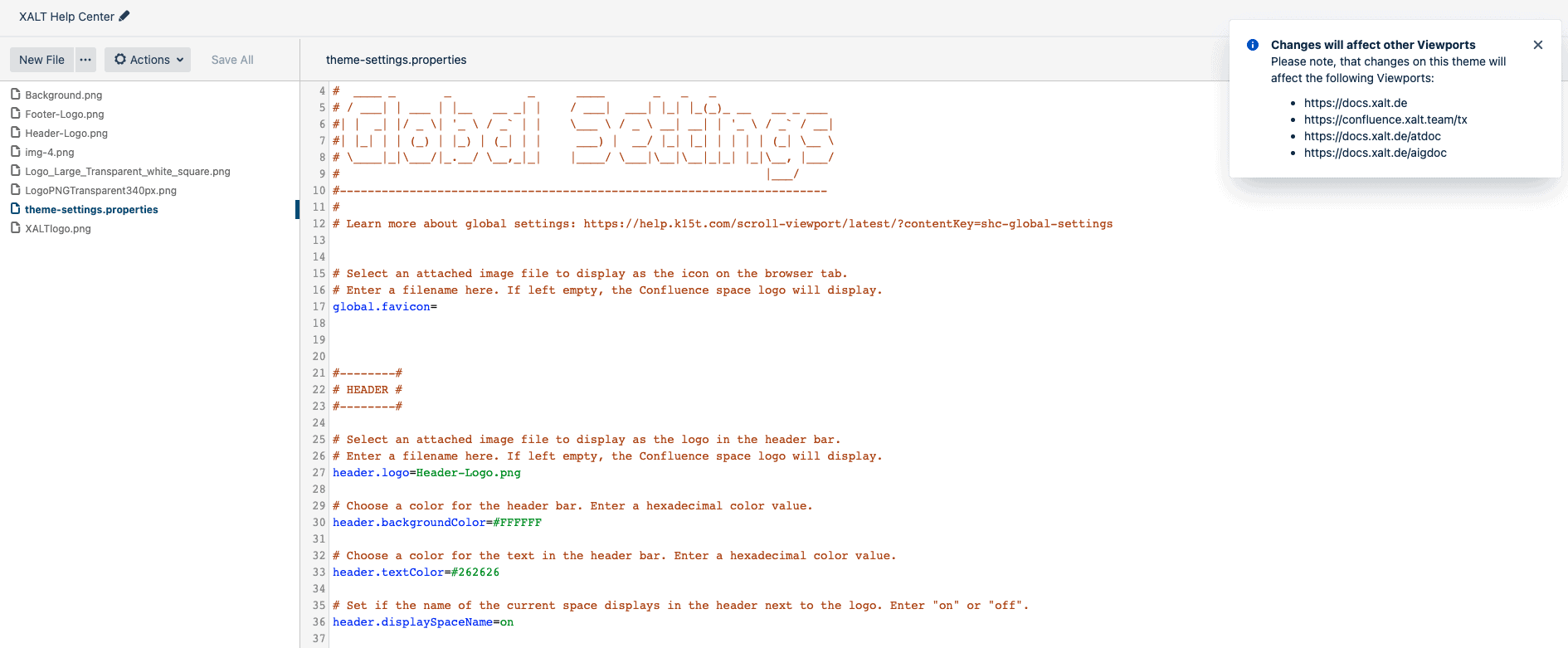
Basically, there is no generally valid guidance in the setting of the theme. The settings should be implemented according to your own needs and ideas. We therefore recommend to use different settings as described in the Scroll Viewport Theme Editor described above.
The Results can be viewed either via the preview in Apps - Scroll Viewport - Theme or directly in the final view. Navigate to the Help Center home page or to a page within the documentation. Click the Scroll Viewport icon next to the page metadata, and then click Open.
Step 4: Fill the Confluence pages with content, images and instructions
Is the Structure of the Help Center built up, you can start filling the pages with content. Basically, help center articles are not much different than helpful blog posts. Users should be encouraged to read with a clearly formulated headline.. Useful Instruction steps as well as links to further helpful documents are intended to give the reader the opportunity to put the information presented into practice.
Furthermore, it should be ensured that the textual content is always supplemented by additional image and video material. For documentation purposes, screenshots (incl. annotations) of the individual steps are usually suitable.
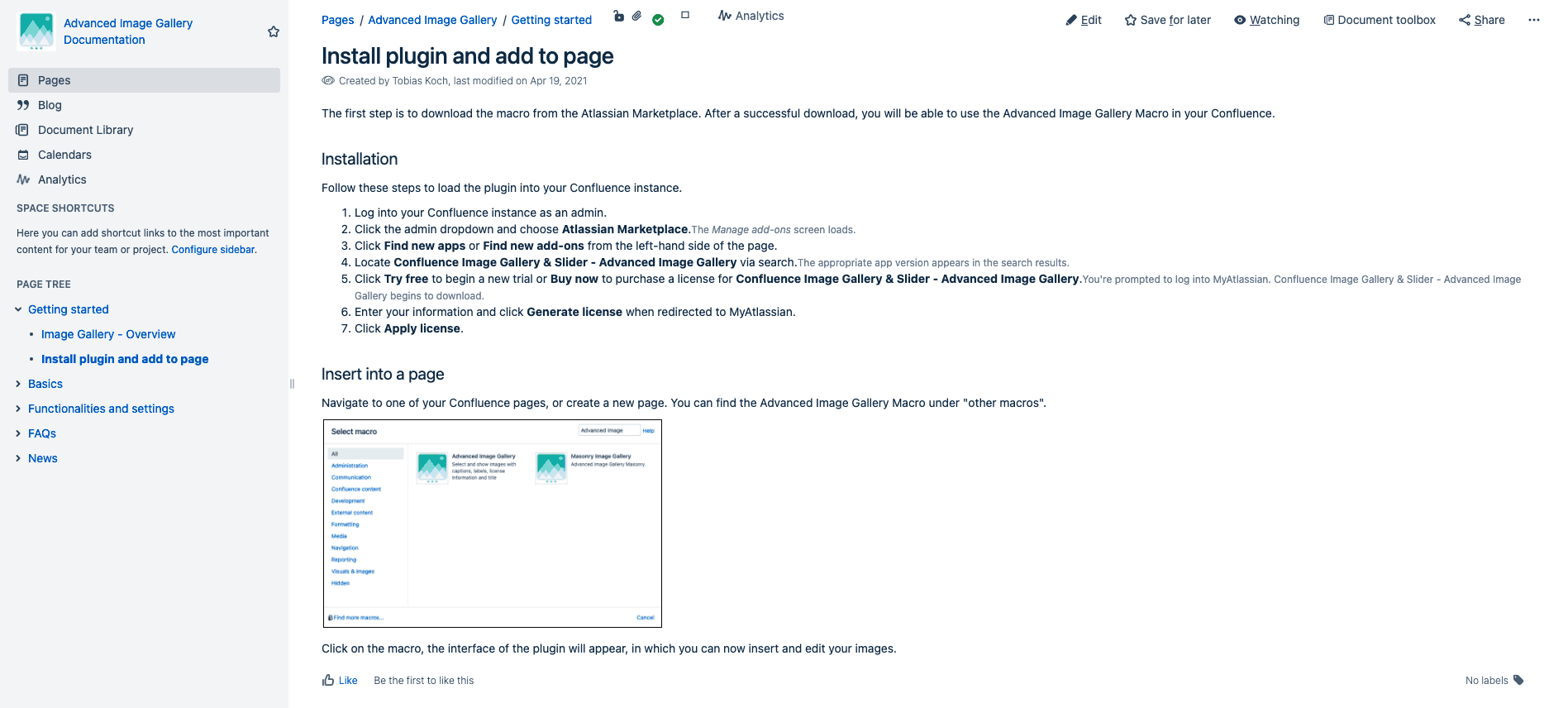
Three building blockswhich we install in each space are one page each to Getting startedthe FAQs and the News. Getting started provides a compact overview of the installation of the plugin as well as the most important hard facts of the app, e.g. for which product and which hosting type the plugin is available. Especially the FAQ page is an important part of the help center. The FAQs should, however, be considered in the light of the support tickets be created. Frequently asked support questions, such as requests for new functions, are included in the FAQ page and should contain answers that are as precise as possible.
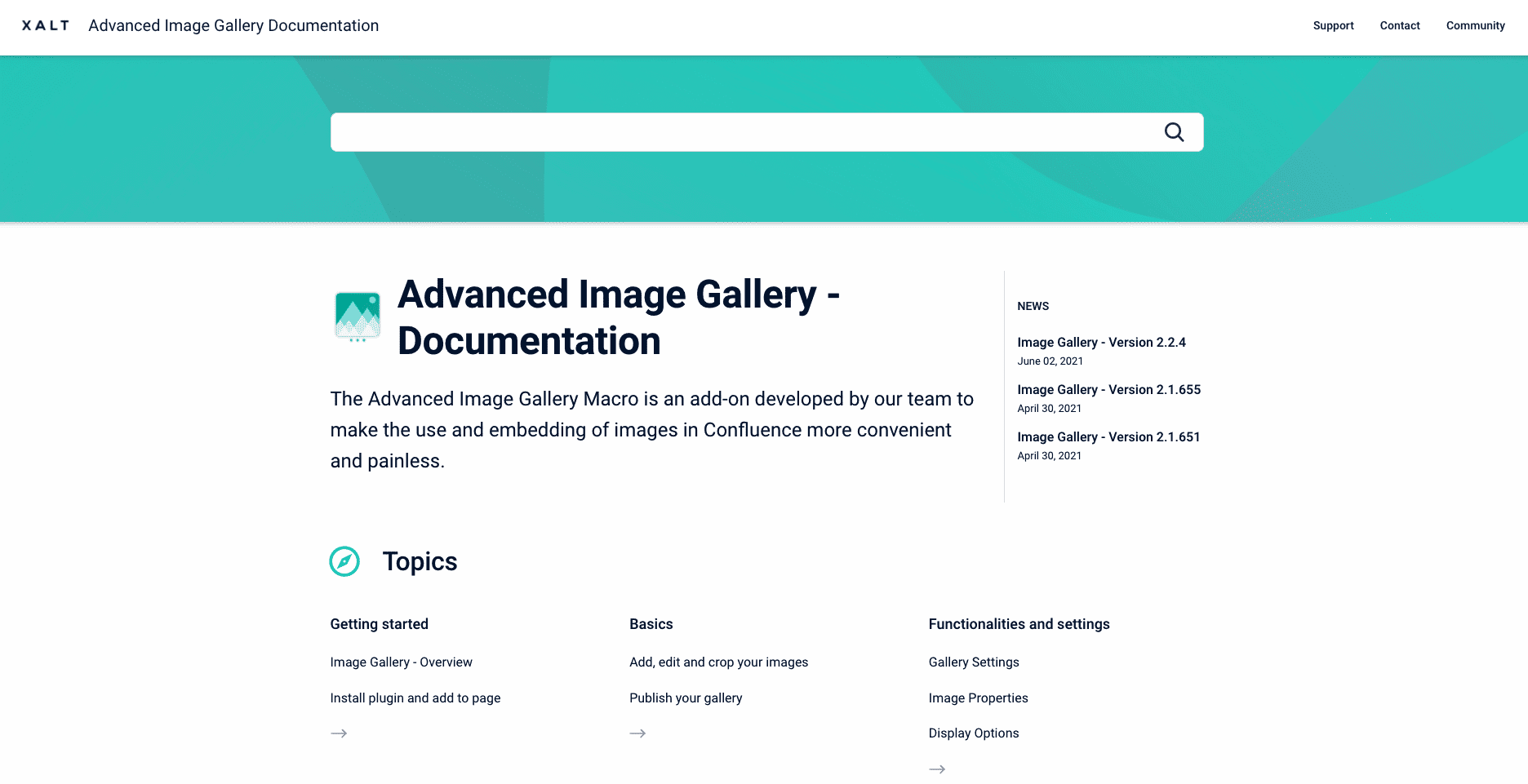
In order for the documentation to be publicly discoverable, it must be available under Configure Space - permissions with Anonymous users finally still a hook with View can be set. Anonymous users can be given almost any permission, but we recommend that you limit this to viewing and commenting.
| Pro Tip: Formulate the titles of your articles in such a way that they can be easily found via the search function in the Help Center. A keyword analysis usually makes sense here to find out which search terms and phrases your users use when they are looking for a solution to their problems. The findability can be further improved by the use of keywords in the text as well as through deposited labels. |
This is how you can implement it yourself
Developing a help center does not automatically ensure that your customers will actually use it and see it as a source of help. On the one hand, customers must be able to find answers to their questions quickly (faster than with live support). On the other hand, customers must be able to understand and implement the content and assistance in your help center. This in turn brings aspects such as user experience, design, structure and layout to the forefront, which must be taken into account during development.
Our support
With good advice, the creation and maintenance of a help center is much easier. We therefore recommend contacting a qualified implementation partner of your choice, who can provide you with support during the implementation. In addition, the following points should definitely be observed:
- Define goals early: The first step in the creation of a help center should be to consider what the help center is intended to accomplish. Do you want to reduce the workload by processing support tickets to relieve your team? Do you want the Help Center to improve the relationship and connection with your customers? Or both? Think about it and set the right goals for your business.
- Understanding the needs of customers: Use internal company knowledge to be able to identify the expectations of your customers. Use formulations and structures in the help center that are understood by your target groups and arouse their interest. If answers are provided that are not understood by the target group, the help center is not fulfilling its purpose.
- Actively involve employees: Let your employees take an active role in the design of the Help Center. These can provide important input on the wishes and behaviour of customers.
- Focus on user experience and data analysis: A good user experience is the be-all and end-all. If the UI isn't excellent, visitors to your help center won't stay there long, let alone return. Create a simple and fast navigation to the most important articles, in combination with a search function. Measure other performance parameters of your help center, such as the number of hits on specific articles and the time spent in the help center.

